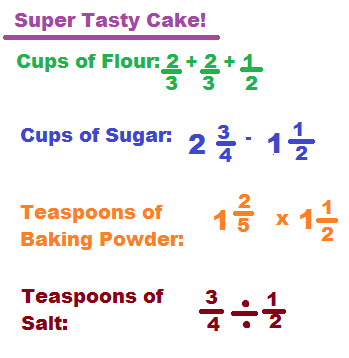Mastering Mixed Numbers: A Comprehensive Guide with Calculator Soup – Mixed numbers can be intimidating for many, but with the right understanding and tools, they become manageable and even enjoyable. In this comprehensive guide, we’ll delve into the intricacies of mixed numbers, offering clarity and practical advice for mastering them. And to make the journey even smoother, we’ll utilize the powerful resource of Calculator Soup, a tool that simplifies complex calculations and enhances learning. So let’s embark on this journey to conquer mixed numbers together.
Understanding Mixed Numbers
Mixed numbers are a combination of whole numbers and fractions. They are typically represented as a whole number combined with a proper fraction. For example, 3 1/2 is a mixed number, where 3 is the whole number part zand 1/2 is the fractional part. Mixed numbers are often encountered in real-world scenarios, such as measurements, recipes, and everyday calculations.
Converting Mixed Numbers
One of the fundamental skills in working with mixed numbers is converting them to improper fractions and vice versa. To convert a mixed number to an improper fraction, multiply the whole number by the denominator of the fractional part and add the numerator. The result becomes the new numerator, while the denominator remains the same. For instance, 3 1/2 becomes (3 × 2) + 1 / 2 = 7/2.
Conversely, to convert an improper fraction to a mixed number, divide the numerator by the denominator. The quotient becomes the whole number part, and the remainder becomes the numerator of the fractional part. For example, 7/2 becomes 3 1/2.
Operations with Mixed Numbers

Performing arithmetic operations with mixed numbers requires a good understanding of addition, subtraction, multiplication, and division. When adding or subtracting mixed numbers, it’s helpful to first convert them to improper fractions, perform the operation, and then simplify the result if necessary.
Multiplying mixed numbers involves multiplying the whole numbers and the fractions separately, and then combining the results. Dividing mixed numbers is similar to dividing fractions; invert the divisor and then proceed with multiplication.
Practical Applications
Mixed numbers are extensively used in various real-life situations. From baking recipes that call for mixed quantities of ingredients to construction projects that require measurements of materials, understanding mixed numbers is essential for accurate calculations and problem-solving.
Utilizing Calculator Soup
Calculator Soup is a versatile online tool that simplifies mathematical calculations, including those involving mixed numbers. With its user-friendly interface and precise results, Calculator Soup provides an excellent resource for practicing and mastering mixed numbers. Whether you’re converting mixed numbers, performing operations, or solving complex equations, Calculator Soup streamlines the process and enhances your understanding.
Practice Makes Perfect
As with any mathematical concept, practice is key to mastering mixed numbers. Regular practice not only reinforces your understanding but also builds confidence in handling various scenarios involving mixed numbers. Use resources like Calculator Soup to practice different types of problems and explore new challenges. By continuously engaging with mixed numbers, you’ll gradually develop fluency and proficiency in working with them.
Conclusion
Mastering mixed numbers is an essential skill that opens doors to countless mathematical applications. By understanding the fundamentals, practicing regularly, and utilizing tools like Calculator Soup, you can conquer mixed numbers with confidence and precision. So embrace the challenge, embark on the journey, and unlock the full potential of mixed numbers in your mathematical repertoire. With dedication and perseverance, you’ll soon find yourself navigating the world of mixed numbers with ease and proficiency.

